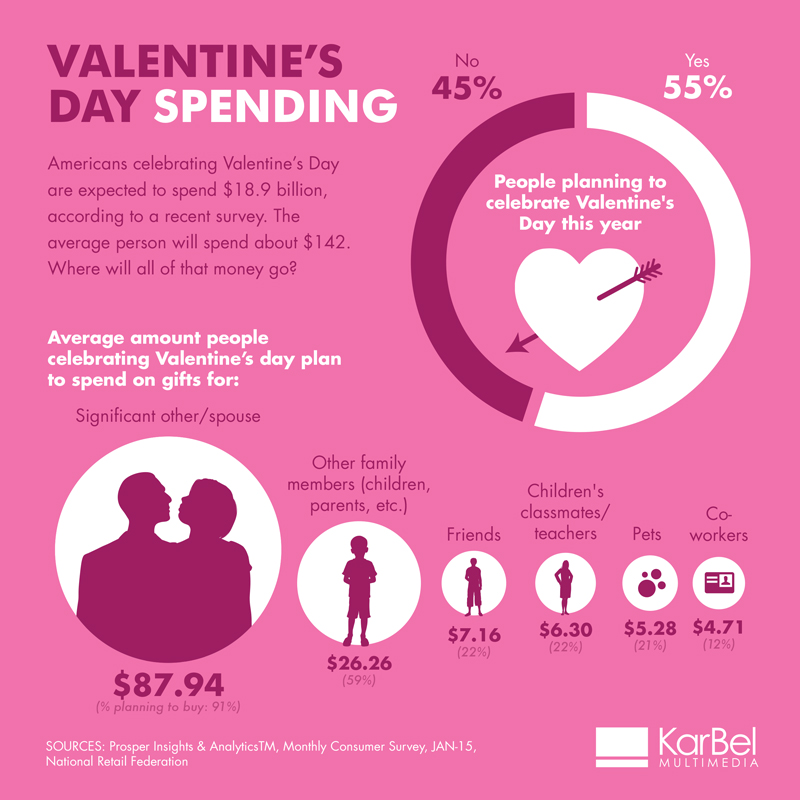Key Performance Indicator is a measurable value that demonstrates how effectively a company is achieving key business objectives. Companies use KPIs to evaluate their success at certain action. Well designed KPI dashboard provide greater structure and context to the organization, and let them know how performance of certain KPIs impacts other KPIs. However, identification of right KPIs for the business is challenged. There are three bias that may lead to ineffective KPIs:
- Overconfidence: people are so confident in their judgments that their abilities are in conflict with the reality. For example, the managers of a fast-food chain, found customer satisfaction highly relating to profitability and believed low employee turnover can keep customer satisfaction, but when they made effort lowering overall turnover rate it didn’t help. The truth is that turnover only is relevant with manager position.
- Availability: people assess the cause or probability of an event on the basis of similar examples coming to mind, follow certain pattern, and overestimate other important information.
- Status quo: most people would stay the course rather than face the risks that come with change. Executives would stay on existing metrics instead of changing to suitable ones.
How to avoid those bias: just like designing dashboard, First, define the objective. Second, develop cause and effect, and identify the drivers of objective. Third, identify the specific that the audience can do to achieve that objective. Last but not the lease, regularly reevaluate the statistics.
Reference:
https://www.smartsheet.com/all-about-kpi-dashboards
https://www.klipfolio.com/resources/articles/what-is-a-key-performance-indicator
https://hbr.org/2012/10/the-true-measures-of-success








